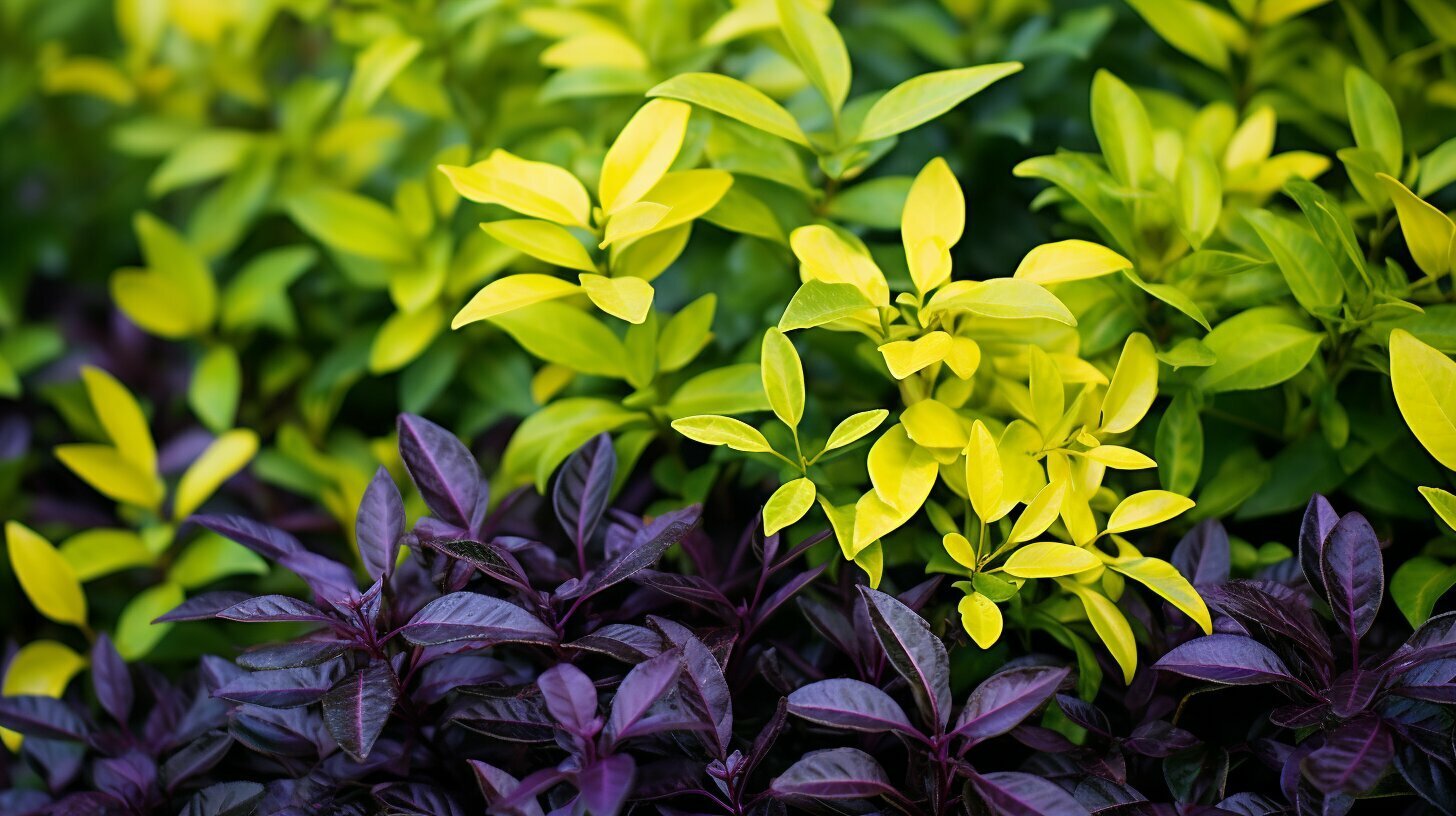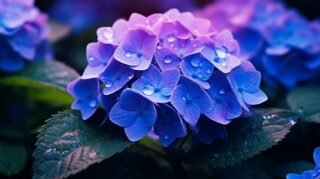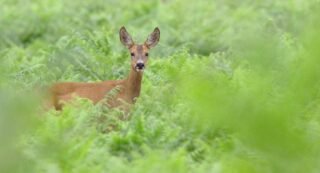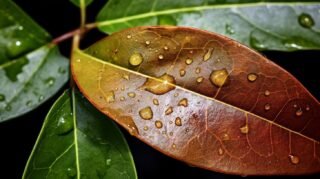Table of Contents
- Insufficient Watering and Shrinking Leaves
- Invasive Tendencies and Dense Thickets
- Toxicity and Berry Ingestion
- Chlorosis in Alkaline Soil and Total Elimination
- FAQ
- Q: What are the common problems that gardeners encounter with lemon lime nandina plants?
- Q: How can I prevent brown and shrinking leaves in lemon lime nandina plants?
- Q: How can I control the invasive tendencies and dense thickets of lemon lime nandina plants?
- Q: Are lemon lime nandina plants toxic to birds and pets?
- Q: How can I manage chlorosis in lemon lime nandina plants growing in alkaline soil?
- Q: What is the best way to eliminate lemon lime nandina plants completely from my landscape?
- Source Links
Lemon Lime Nandina plants, known for their vibrant bright green foliage, can sometimes face various problems that can affect the overall health and appearance of these evergreen shrubs. As a gardener, it’s important to be aware of these issues and take proactive steps to address them. In this section, I will discuss the most common problems that gardeners encounter with lemon lime nandina shrubs and provide expert advice and solutions for each issue. By following these troubleshooting tips, you can maintain a healthy and vibrant landscape with your evergreen lemon lime nandina shrub plants. Whether they are in the sun or shade, these plants will thrive with proper care.
Key Takeaways:
- Insufficient watering can lead to brown and shrinking leaves in lemon lime nandina plants. Ensure proper watering and maintain healthy foliage.
- Lemon lime nandina has invasive tendencies and can form dense thickets, crowding out other plants. Control its growth through pruning and choose sterile cultivars.
- Be cautious of the plant’s toxicity to birds and pets. Prevent ingestion of toxic berries by clipping the flowers and taking safety measures.
- Foliage may develop chlorosis in alkaline soil. Manage chlorosis and consider removing the plant if desired.
- Lemon lime nandina is a low-maintenance plant that thrives in various soil conditions and is resistant to pests and diseases.
Insufficient Watering and Shrinking Leaves
One common problem with lemon lime nandina plants is brown and shrinking leaves, which can be caused by insufficient watering. These plants require regular watering to thrive and maintain their vibrant foliage. To ensure proper hydration, it is essential to water lemon lime nandina plants deeply, allowing the water to reach the roots.
An effective watering technique is to provide a slow, steady flow of water at the base of the plant. This allows the water to penetrate the soil and reach the roots, providing essential moisture. Avoid shallow watering, as it can lead to uneven moisture distribution and encourage the growth of shallow roots.
In addition to sufficient watering, it is important to monitor the moisture levels of the soil. The top inch of the soil should be slightly damp, but not waterlogged. Overwatering can lead to root rot and other issues, so it is crucial to strike a balance. Regularly check the moisture levels by inserting a finger into the soil. If it feels dry, it’s time to water the plant.
To maintain healthy foliage, it is also beneficial to mulch around the base of the lemon lime nandina plants. Mulch helps retain moisture in the soil and regulates temperature, reducing water loss through evaporation. Apply a layer of organic mulch, such as wood chips or leaf litter, around the base of the plants, taking care not to pile it against the stems.
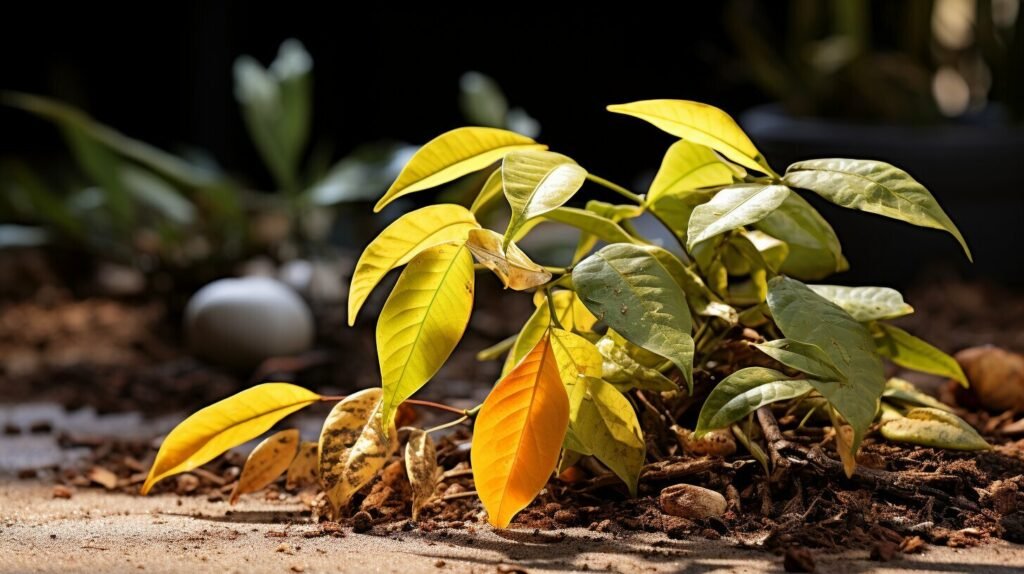
Remember, insufficient watering can lead to brown and shrinking leaves in lemon lime nandina plants. By providing adequate hydration, monitoring soil moisture levels, and implementing mulching techniques, you can ensure healthy foliage and vibrant growth for your lemon lime nandina plants.
Invasive Tendencies and Dense Thickets
Lemon lime nandina can be invasive and form dense thickets, which can be a challenge for gardeners to manage. The rapid growth of this plant, coupled with its ability to produce numerous offspring through seeds, can lead to overcrowding and the suppression of other desirable plants in your garden. To maintain control over your lemon lime nandina and prevent it from taking over your landscape, there are a few strategies you can employ.
- Pruning: Regular pruning is essential for managing the invasive tendencies of lemon lime nandina. Begin by removing any dead or damaged branches. Additionally, thin out the plant by selectively cutting back some of the older and denser branches to promote airflow and light penetration. This will help prevent dense thickets from forming and allow other plants to thrive.
- Sterile Cultivars: If you are concerned about the spread of lemon lime nandina in your garden, consider selecting sterile cultivars. These cultivars do not produce seeds and, therefore, do not contribute to the invasive tendencies of the plant. By choosing sterile options, you can enjoy the beauty of lemon lime nandina without worrying about its aggressive growth.
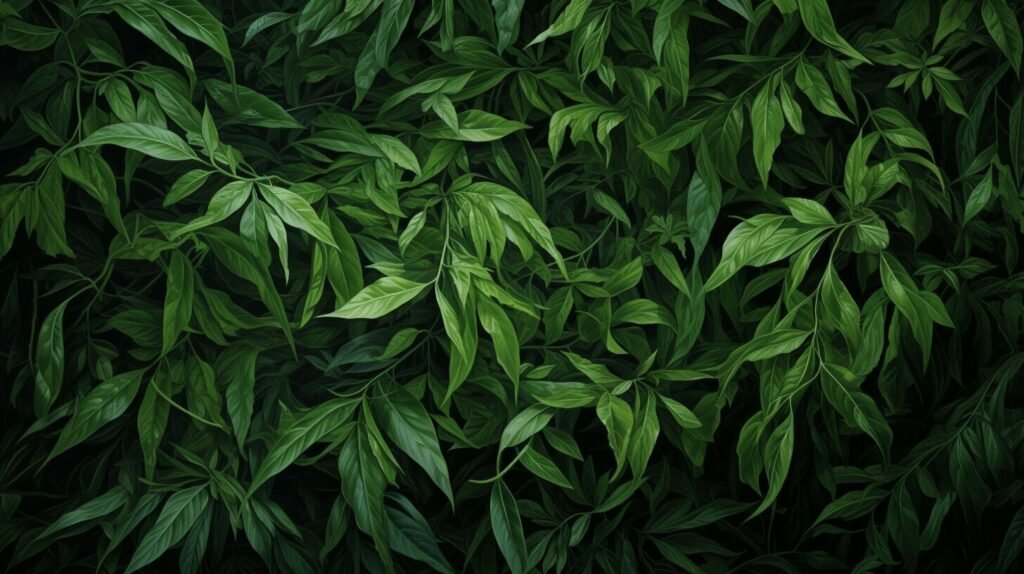
“Pruning is essential for managing the invasive tendencies of lemon lime nandina.”
With these strategies, you can effectively control the invasive tendencies of lemon lime nandina and prevent the formation of dense thickets in your garden. Remember to regularly monitor and maintain your plants to ensure they stay healthy and vibrant.
Toxicity and Berry Ingestion
It is important to be aware that lemon lime nandina plants are toxic to birds and pets if the berries are ingested. While the vibrant berries may add beauty to your landscape, they can pose a danger to curious animals. To ensure the safety of your pets and local wildlife, it is crucial to take necessary precautions.

To prevent berry ingestion, it is recommended to clip the flowers from your lemon lime nandina plants. By removing the flowers, you eliminate the source of the toxic berries, minimizing the risk of accidental ingestion. This simple step can go a long way in safeguarding the well-being of your beloved pets and the birds that visit your garden.
By being proactive and diligent in clipping the flowers, you can create a safer environment for the animals in your vicinity. Remember to dispose of the clipped flowers properly. Additionally, it is advised to educate your family, friends, and neighbors about the potential toxicity of the berries to raise awareness and prevent any unfortunate incidents.
“Preventing berry ingestion by clipping the flowers is a simple and effective way to protect your pets and local wildlife from the potential harm of lemon lime nandina plants.”
Chlorosis in Alkaline Soil and Total Elimination
Lemon lime nandina foliage can develop chlorosis in alkaline soil, creating a yellowing appearance. This condition occurs when the plant is unable to absorb sufficient iron, resulting in a lack of chlorophyll production. To manage chlorosis, it is important to adjust the soil pH by adding amendments such as sulfur or organic matter to make it more acidic. Additionally, applying iron chelates or foliar sprays can help replenish the iron levels in the plant.
However, for those who no longer wish to have lemon lime nandina in their landscape, completely eliminating the plant can be a challenging task. The plant is known for its resilience and ability to regrow from roots and stems. To effectively remove it, persistent monitoring is required to promptly remove any new growth that appears. This can be achieved by physically digging out the plant, ensuring all roots are completely removed to prevent regrowth.
It is worth noting that lemon lime nandina is a low-maintenance plant that thrives in various soil conditions. With proper care and maintenance, chlorosis can be managed effectively, allowing the plant to retain its vibrant green color. This versatile plant is also resistant to pests and diseases, making it an attractive choice for gardeners in the United States.
FAQ
Q: What are the common problems that gardeners encounter with lemon lime nandina plants?
A: Common problems include brown and shrinking leaves due to insufficient watering, invasive tendencies and the formation of dense thickets, toxicity to birds and pets, difficulty in completely getting rid of the plant, and foliage developing chlorosis in alkaline soil.
Q: How can I prevent brown and shrinking leaves in lemon lime nandina plants?
A: Ensure that you are watering the plant adequately. Lemon lime nandina plants prefer moist soil, but avoid overwatering. Water deeply and regularly, especially during hot and dry periods.
Q: How can I control the invasive tendencies and dense thickets of lemon lime nandina plants?
A: You can control the plant’s growth through pruning. Regularly trim back the foliage to prevent dense thickets from forming. Additionally, consider choosing sterile cultivars to prevent the plant from spreading.
Q: Are lemon lime nandina plants toxic to birds and pets?
A: Yes, lemon lime nandina plants are toxic to birds and pets. The berries of the plant are poisonous if ingested. To prevent ingestion, clip the flowers before they produce berries and dispose of any fallen berries.
Q: How can I manage chlorosis in lemon lime nandina plants growing in alkaline soil?
A: Chlorosis, or yellowing of the leaves, can occur in lemon lime nandina plants growing in alkaline soil. To manage chlorosis, you can use iron chelate or other iron supplements to provide the plant with the necessary nutrients. Adjusting the pH of the soil can also help.
Q: What is the best way to eliminate lemon lime nandina plants completely from my landscape?
A: Completely removing lemon lime nandina plants can be challenging due to their persistent growth. To eliminate the plant, consistently remove new growth, including roots, as soon as they appear. Dispose of the plant properly to prevent any future regrowth.

